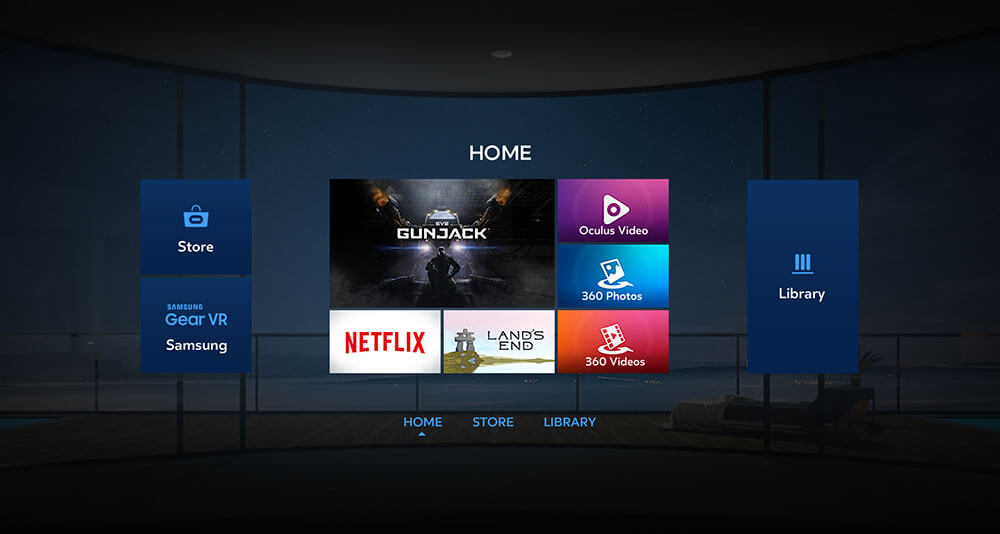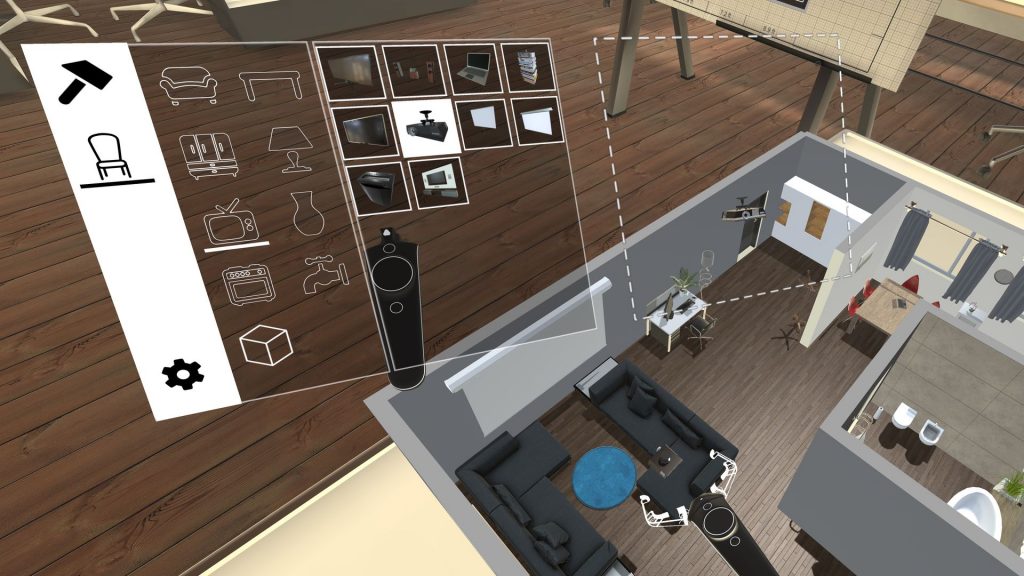
“You can think of an environment as the world that you enter when you put on a VR headset”
Sam Applebee
Taking into consideration the VR or Virtual Reality is a technology that requires details for building it. The question of how the design for VR application works around came out. What does it need? Where it goes? What is the most important requirement?
Many questions where raise but, I still think that the essential question indeed is, what means design for VR?
Environments and Interfaces

Think about an environment as the world that you enter when you put on a VR headset — the virtual planet you find yourself on, or the view from the roller-coaster that you’re riding.
From the other side, an interface is the set of elements that users interact with to navigate an environment and control their experience. All VR apps can be positioned along two axes according to the complexity of these two components.
- In the top-left quadrant are things like simulators, such as the roller-coaster experience linked to above. These have a fully formed environment but no interface at all. You’re simply locked in for the ride.
- In the opposite quadrant are apps that have a developed interface but little or no environment. Samsung’s Gear VR home screen is a good example.

Designing virtual environments such as places and landscapes requires proficiency with 3D modelling tools, putting these elements out of reach for many designers. However, there’s a huge opportunity for UX and UI designers to apply their skills to designing user interfaces for virtual reality (or VR UIs, for short).
